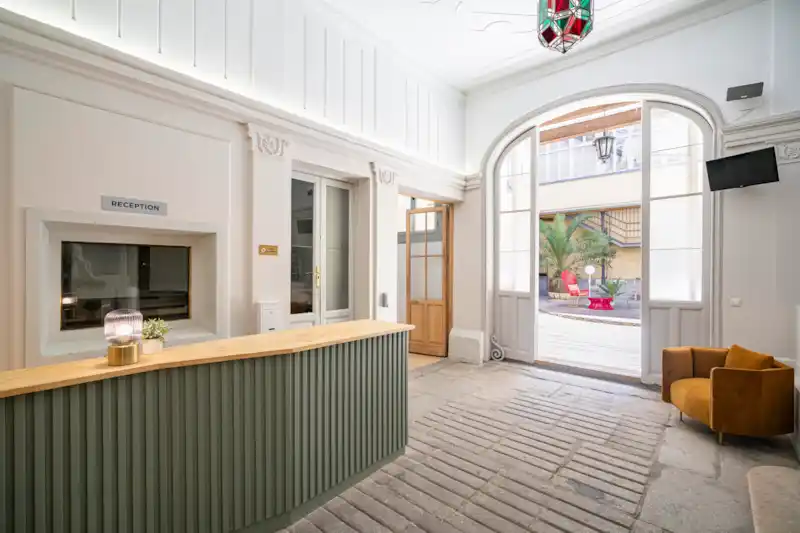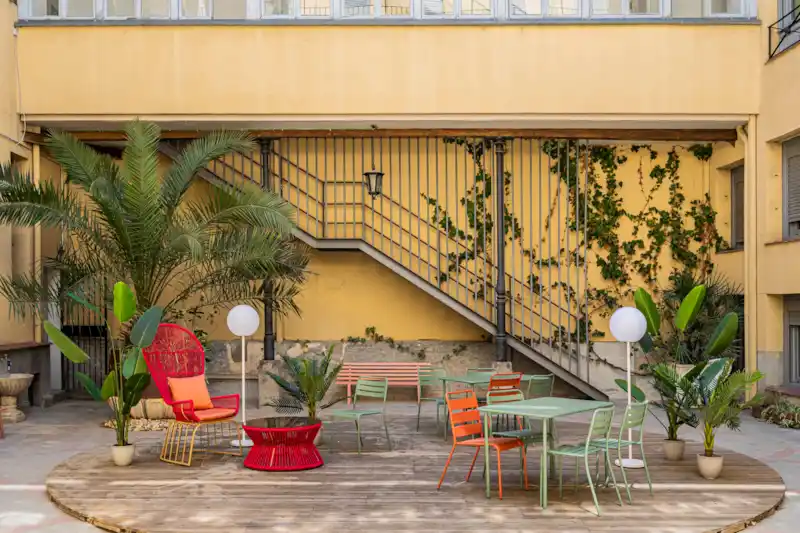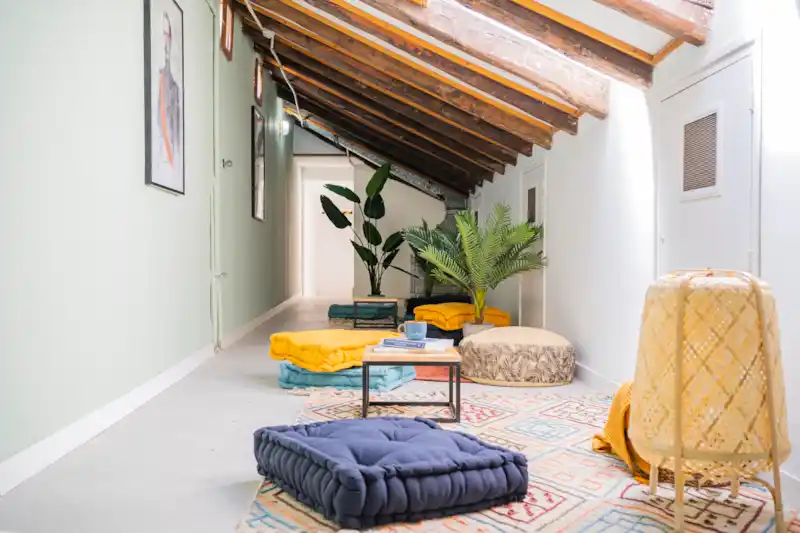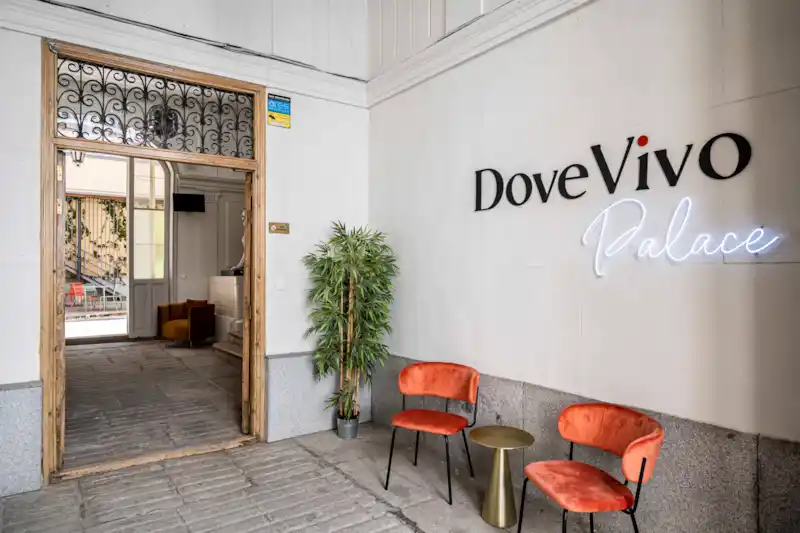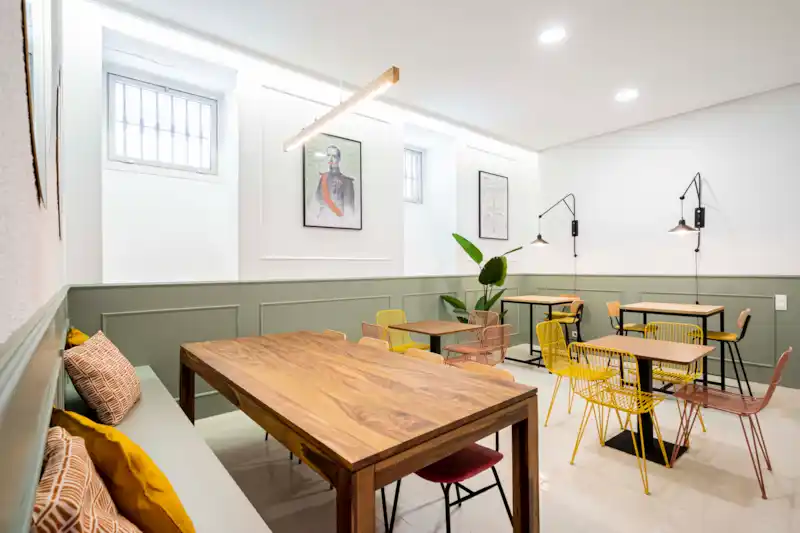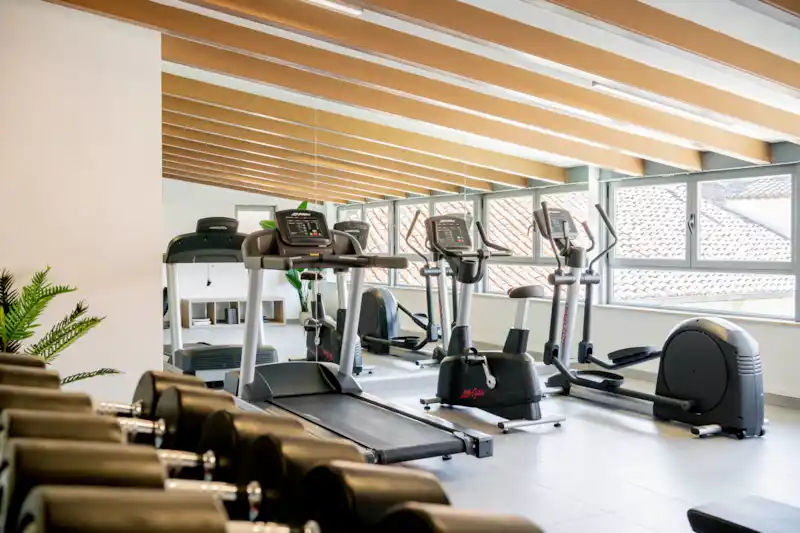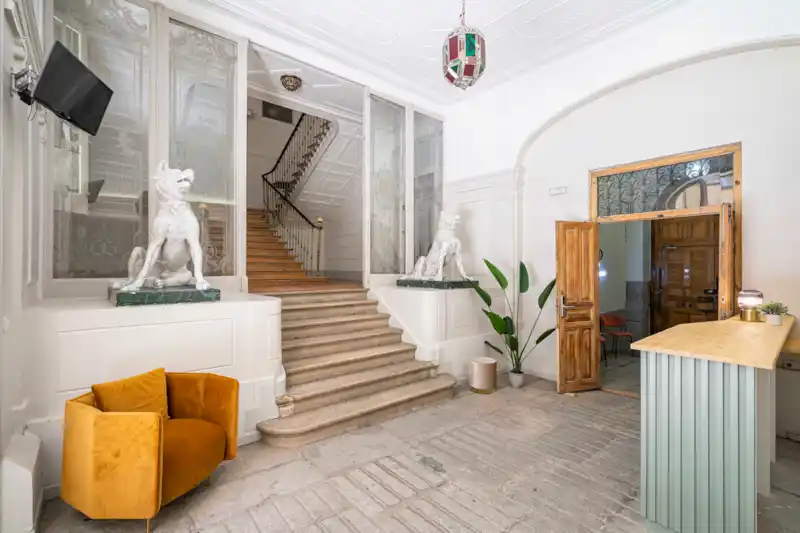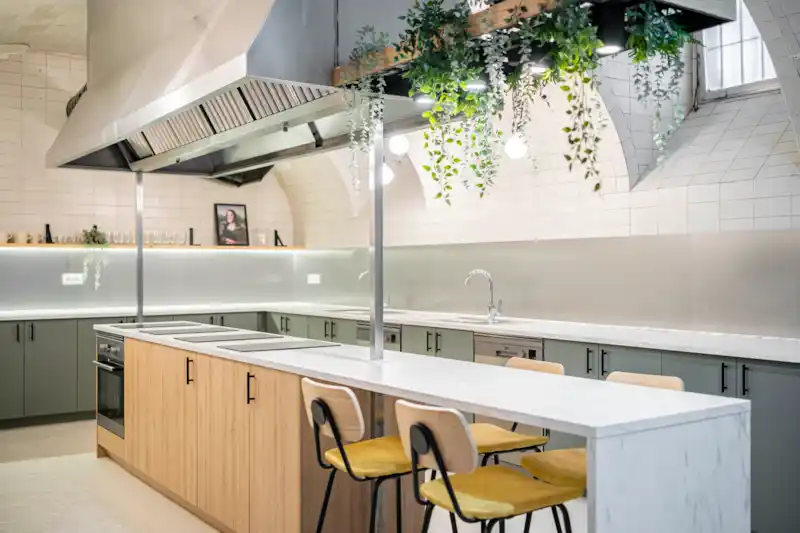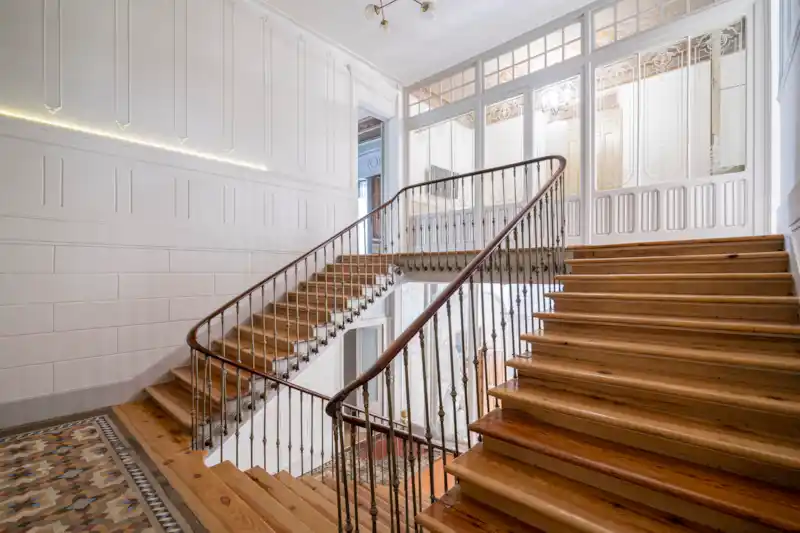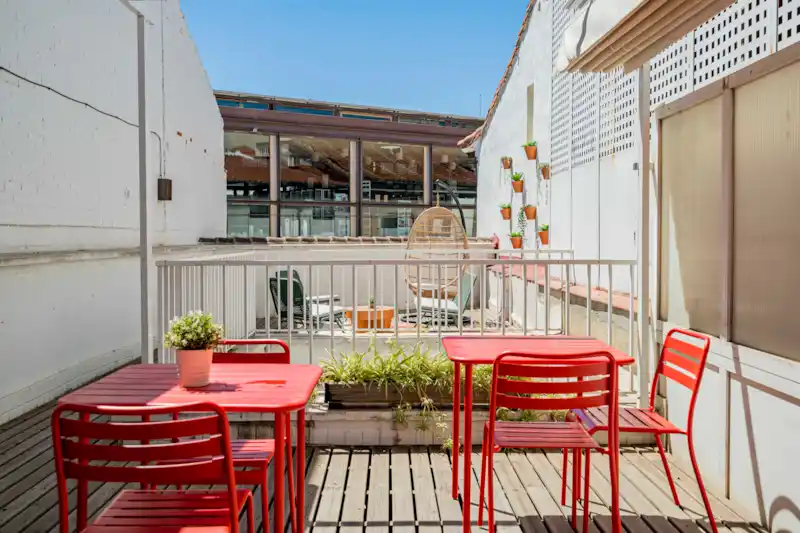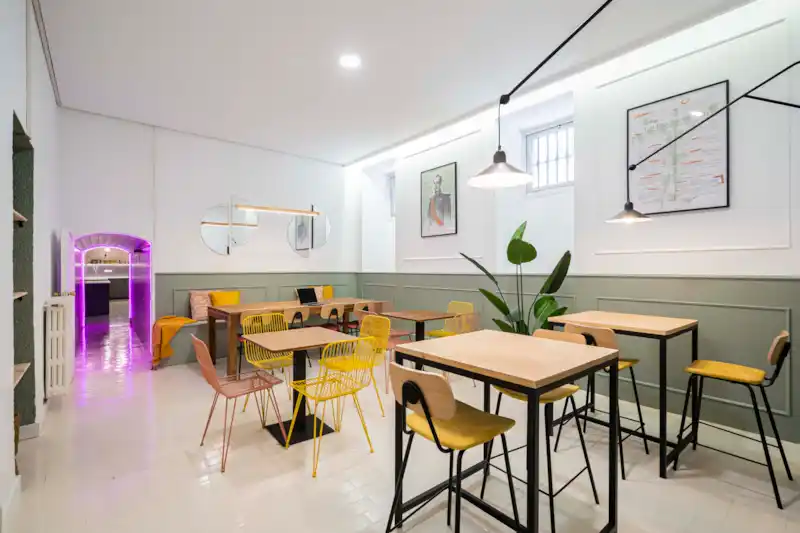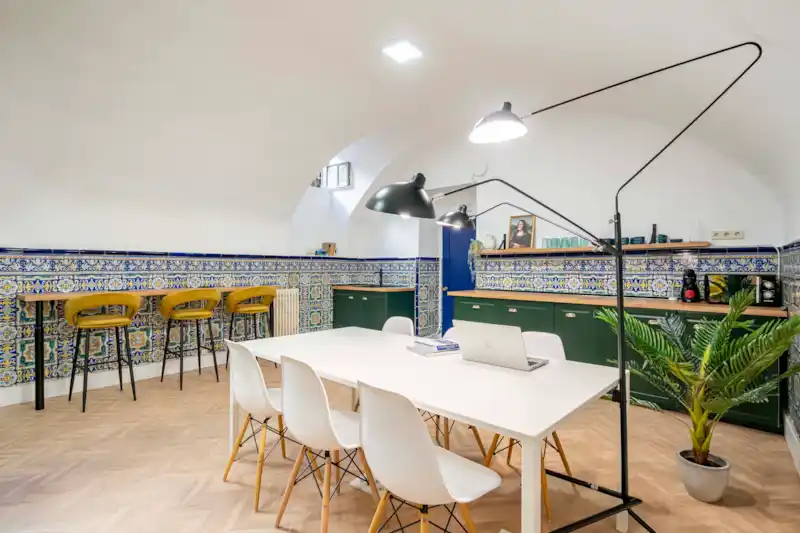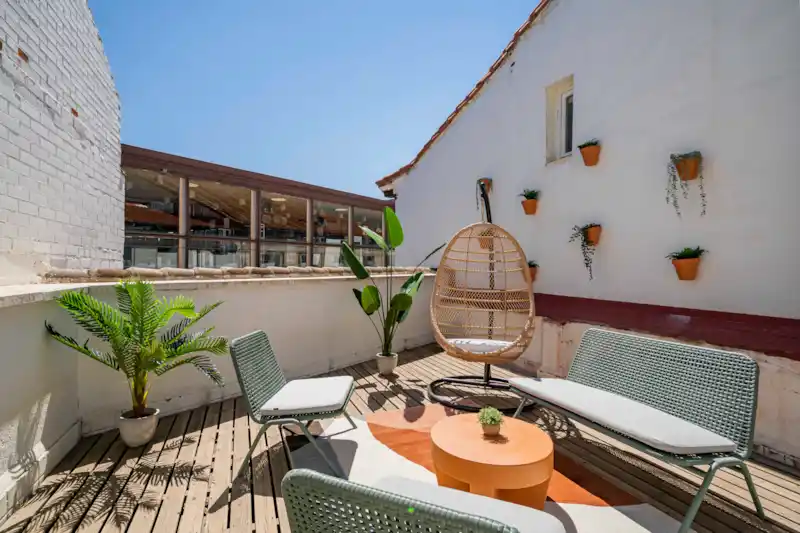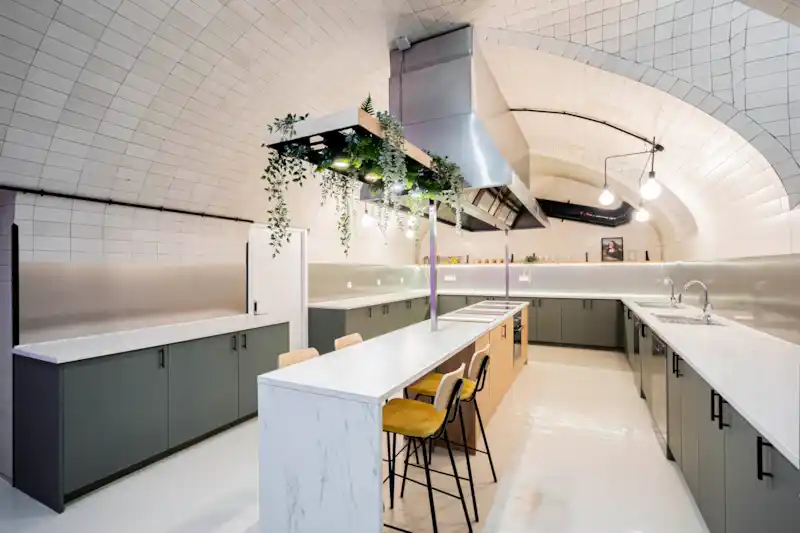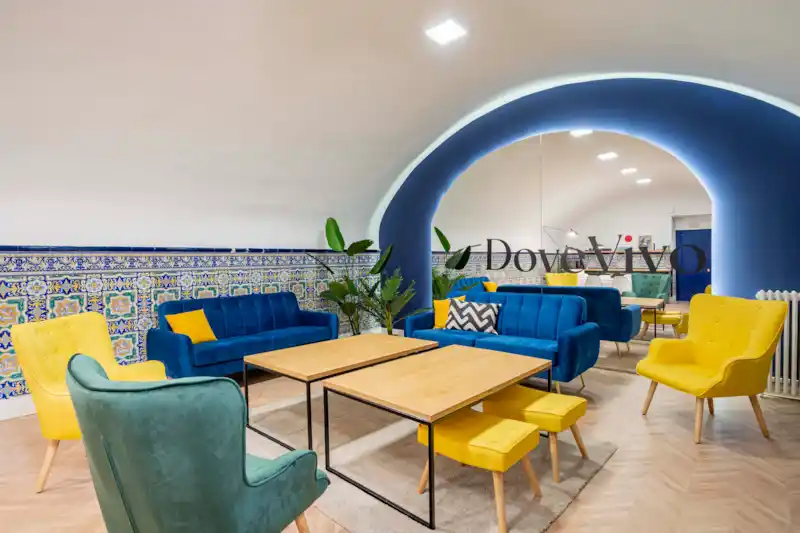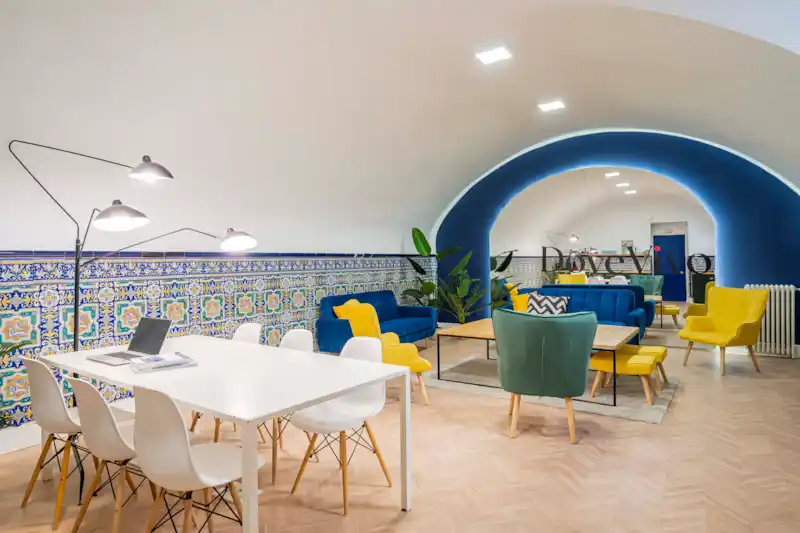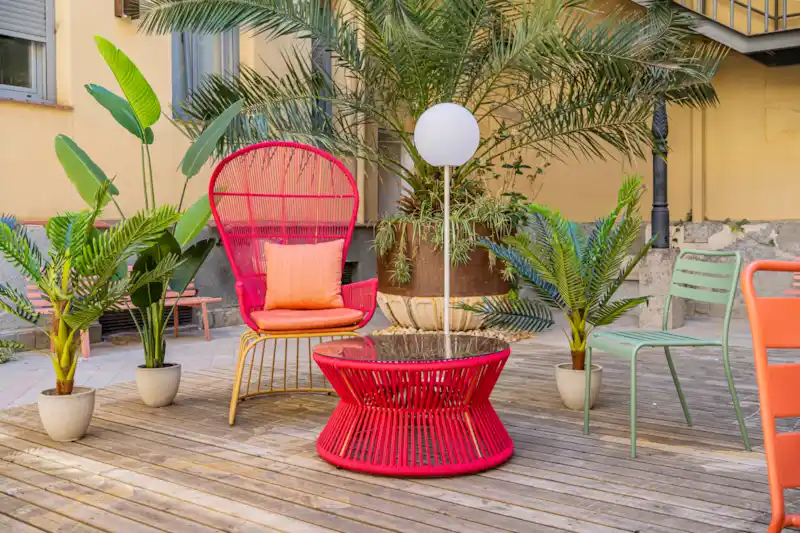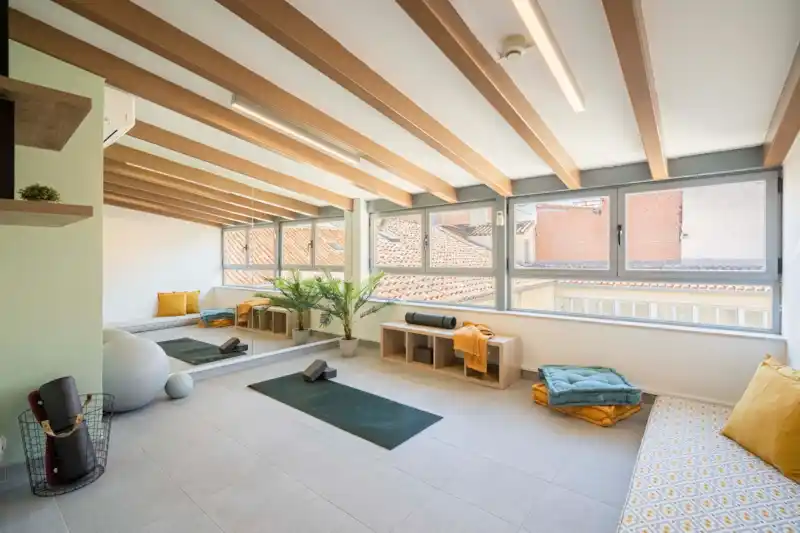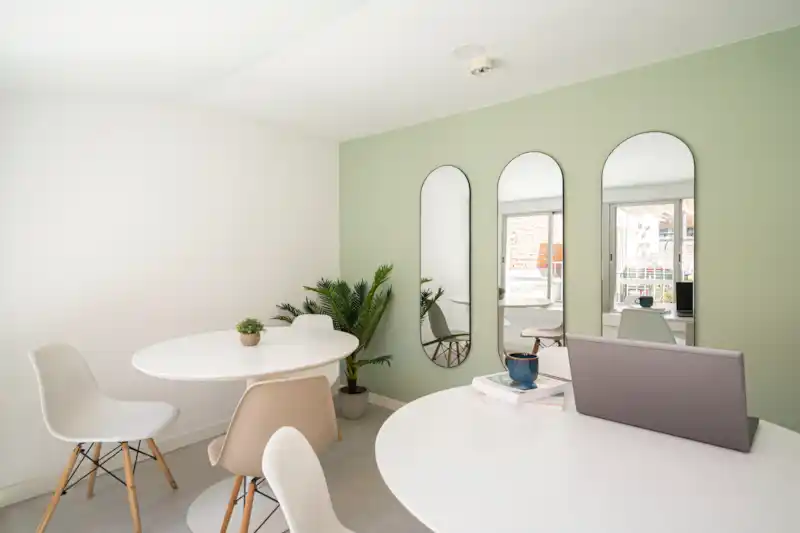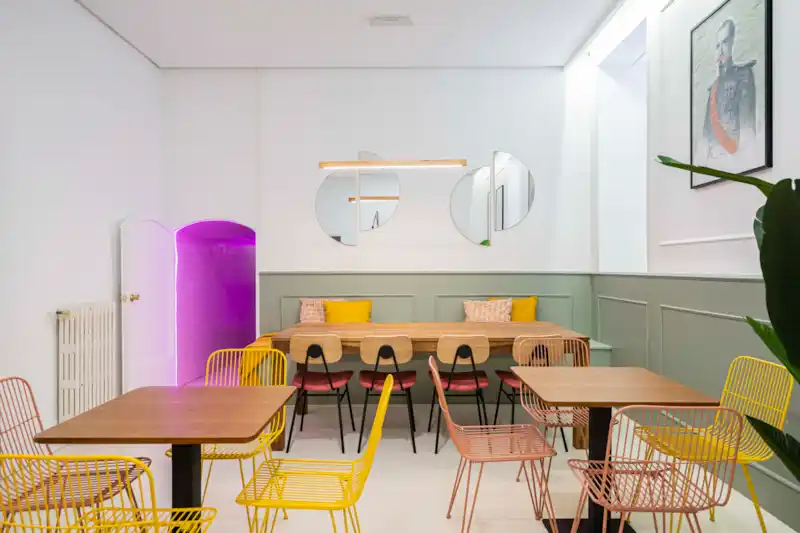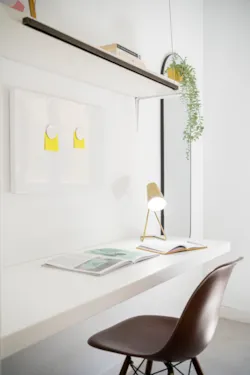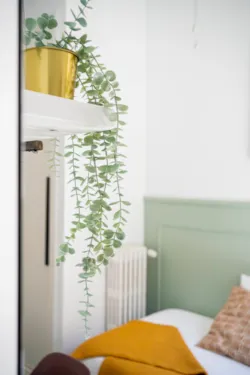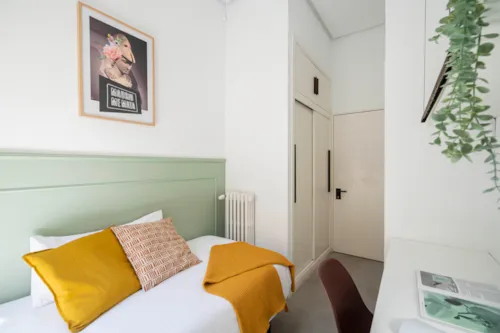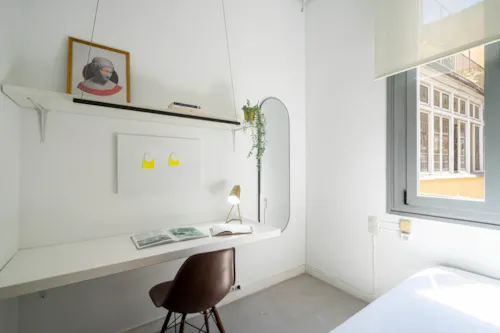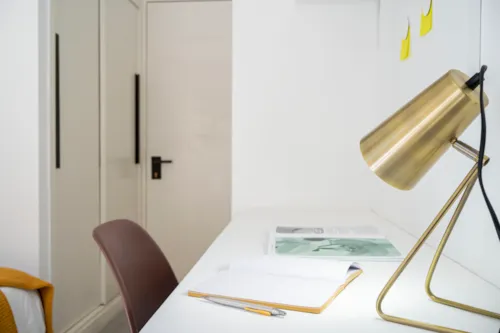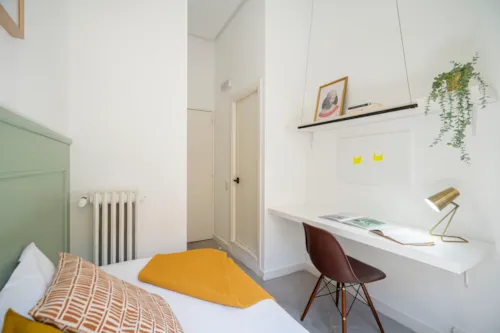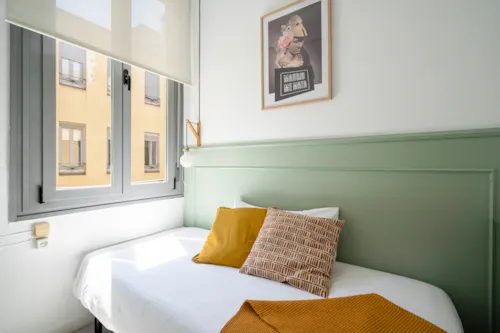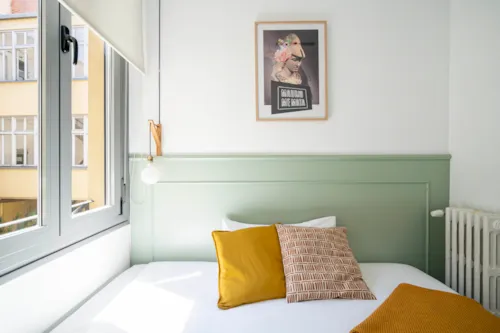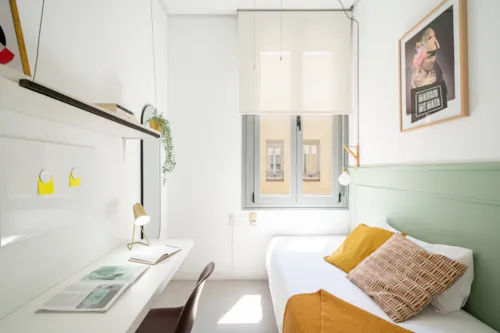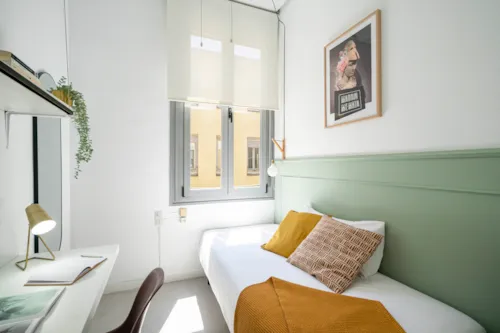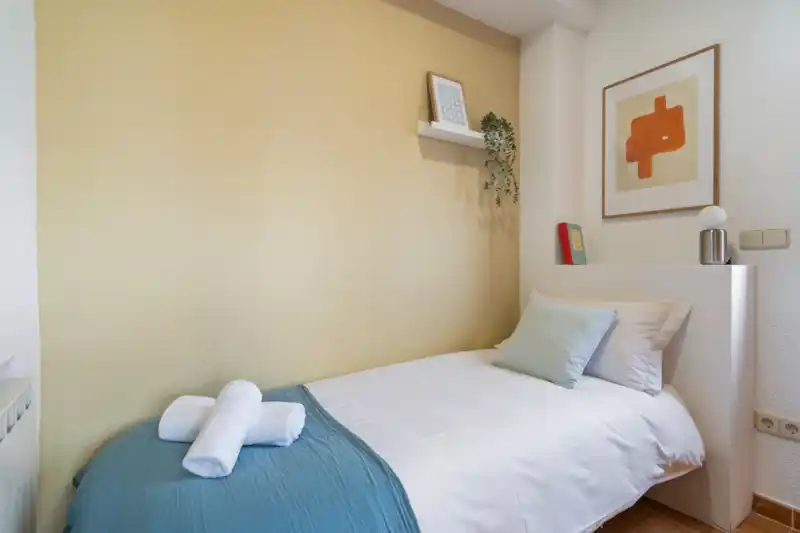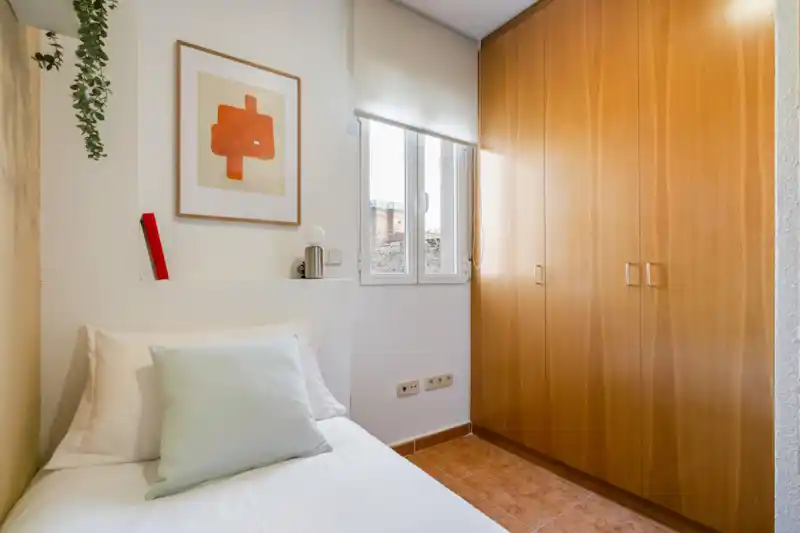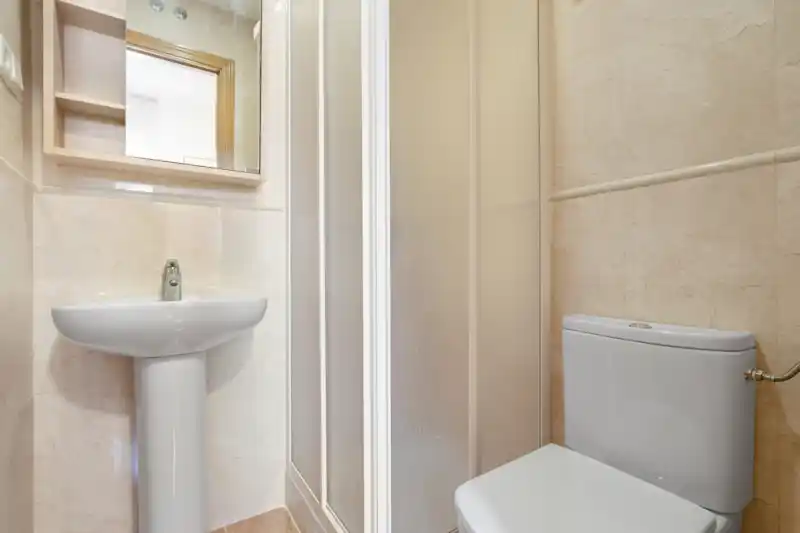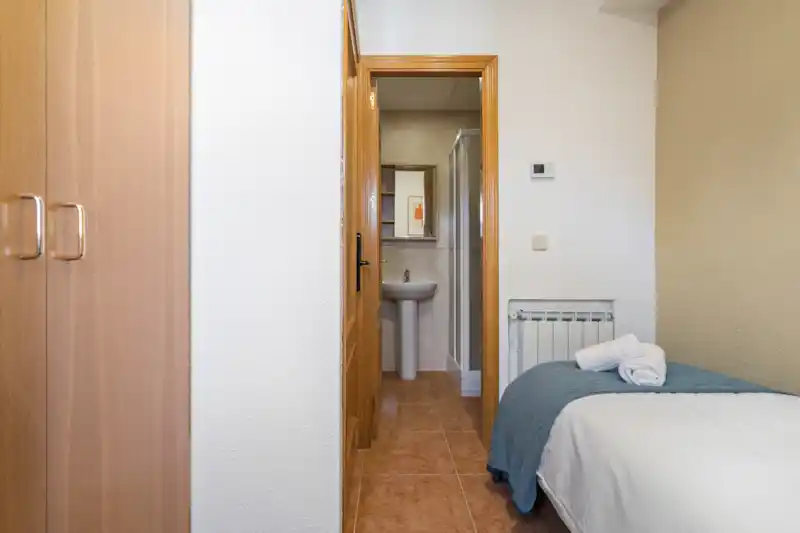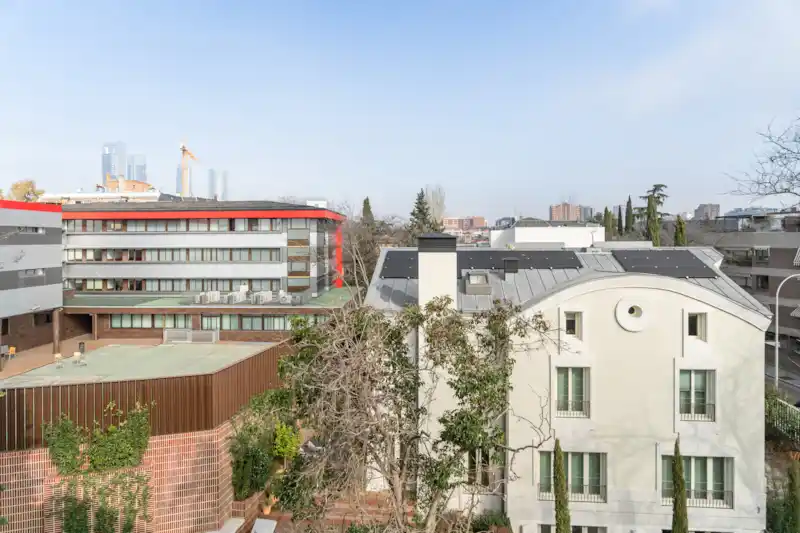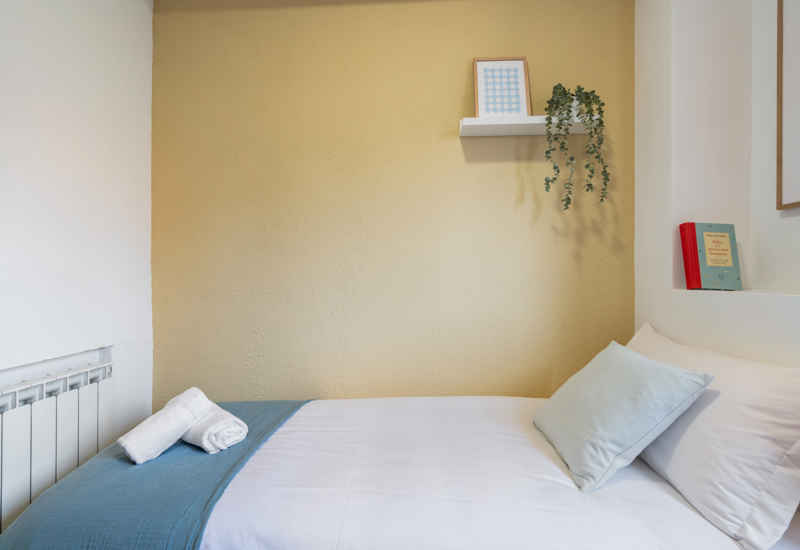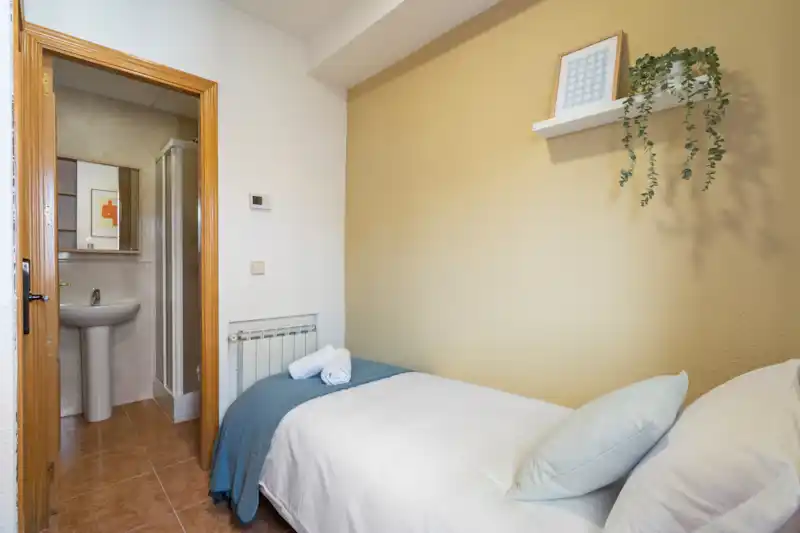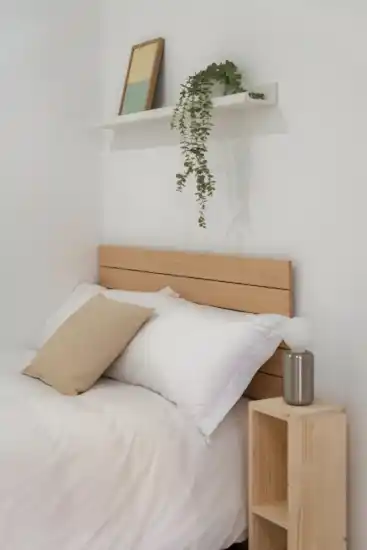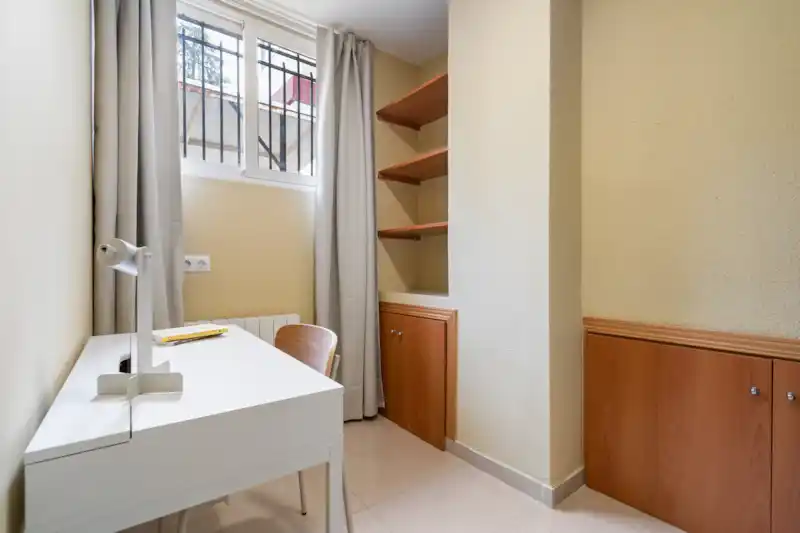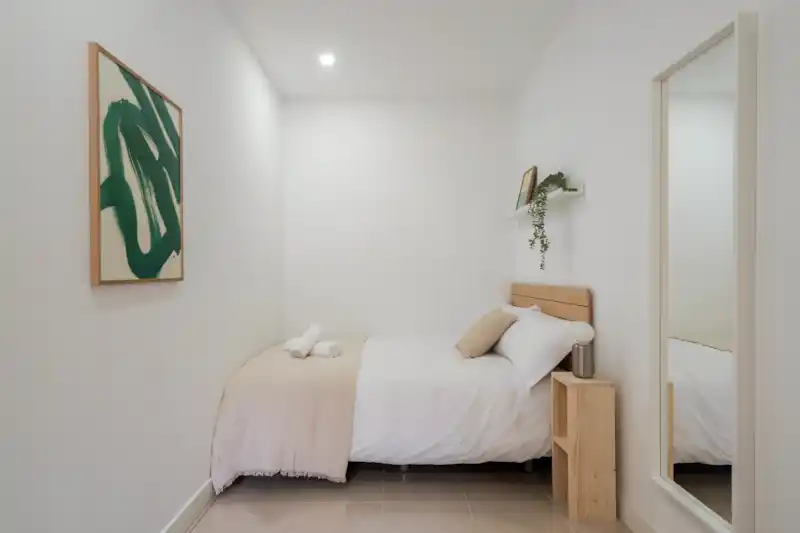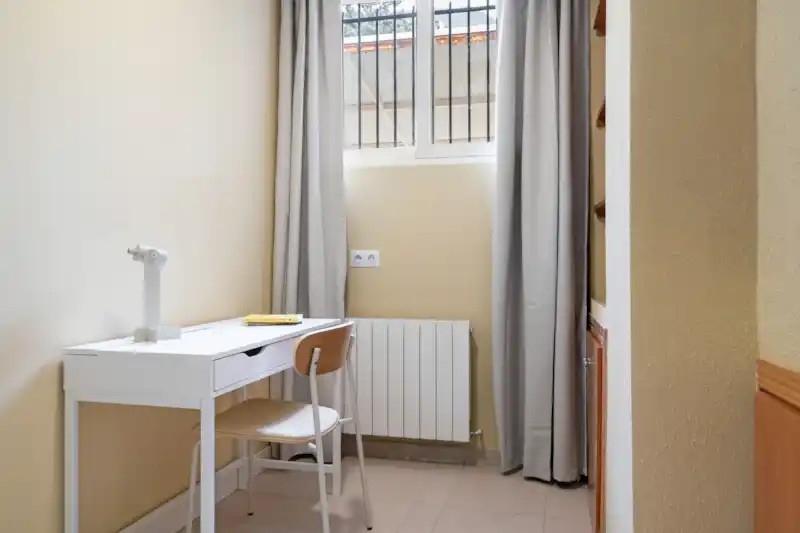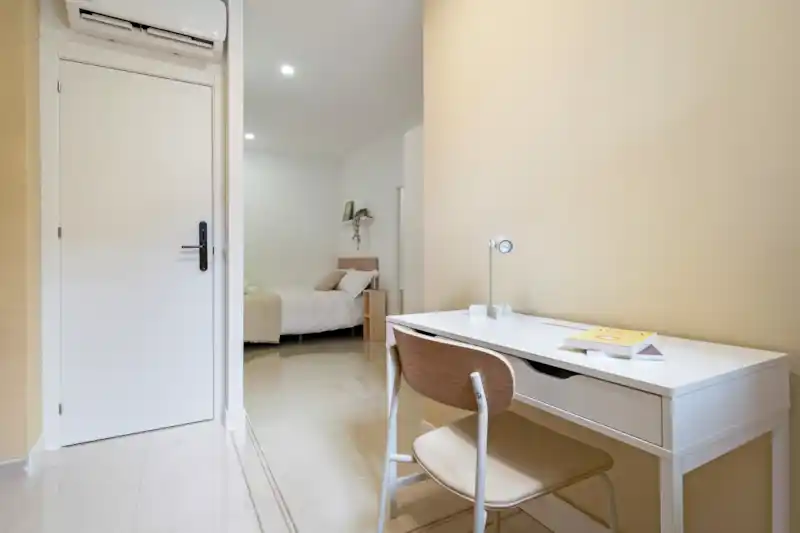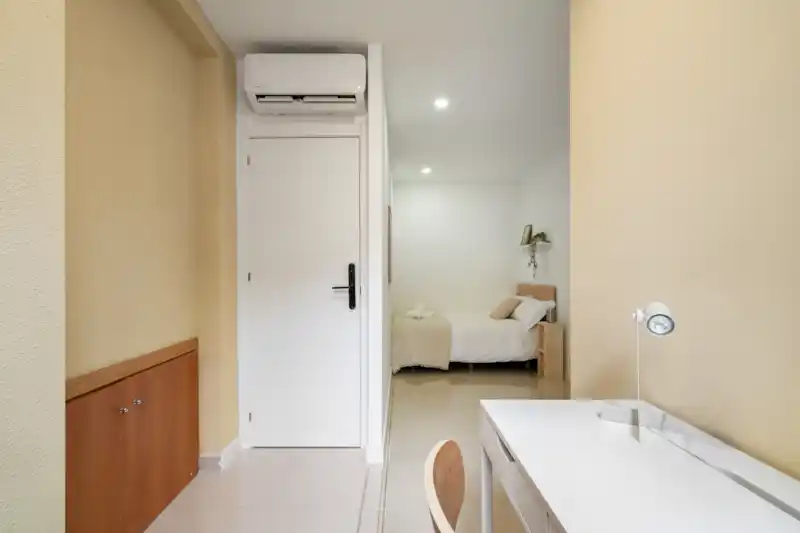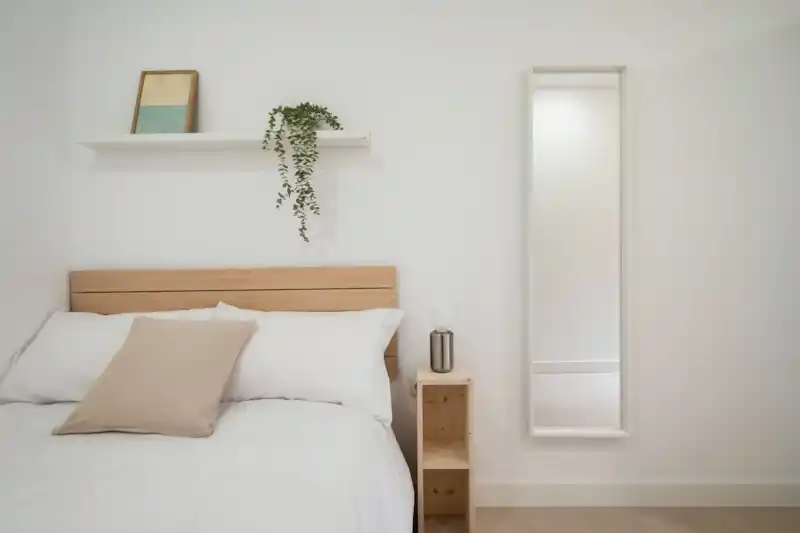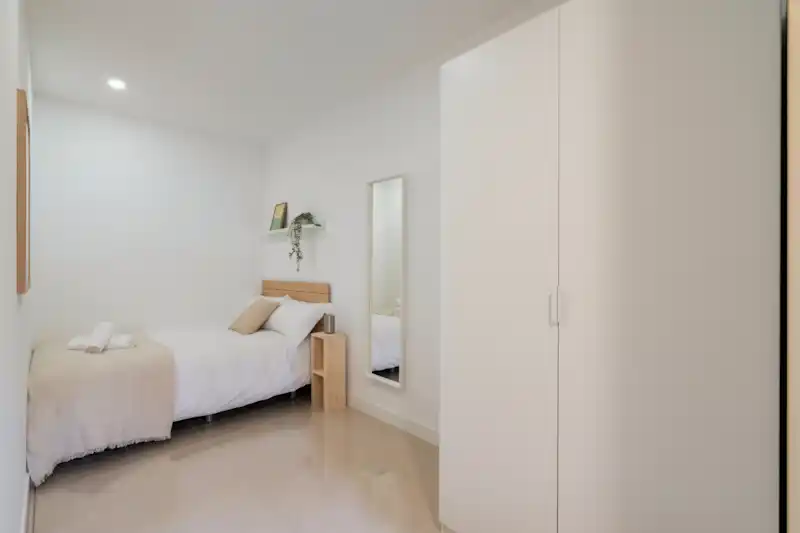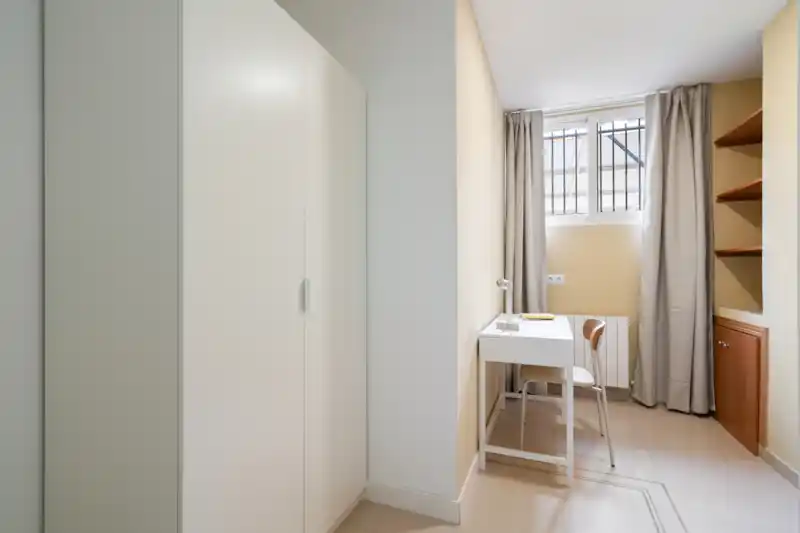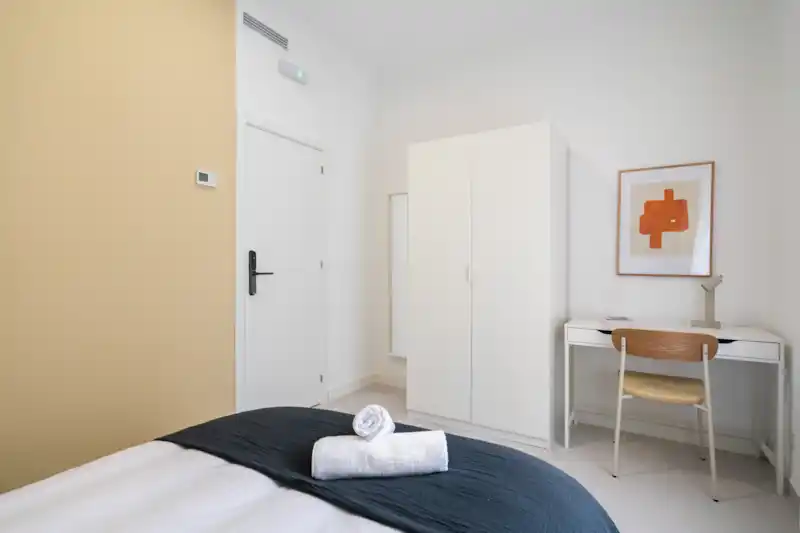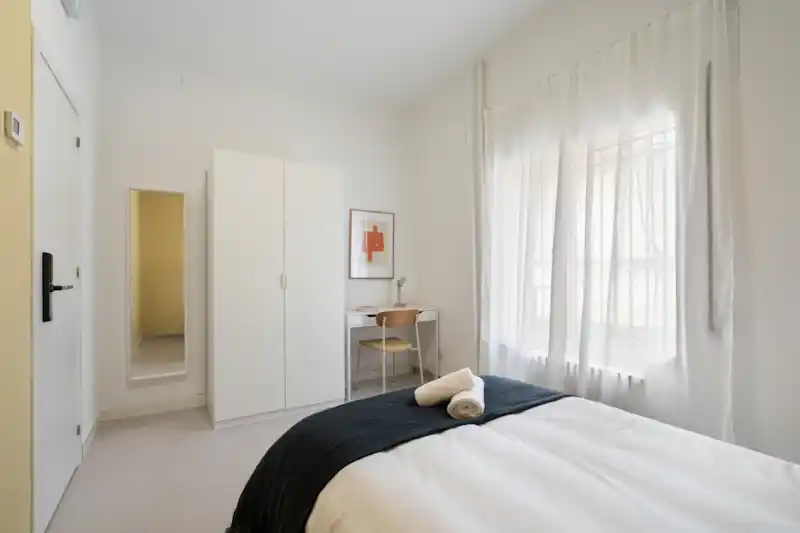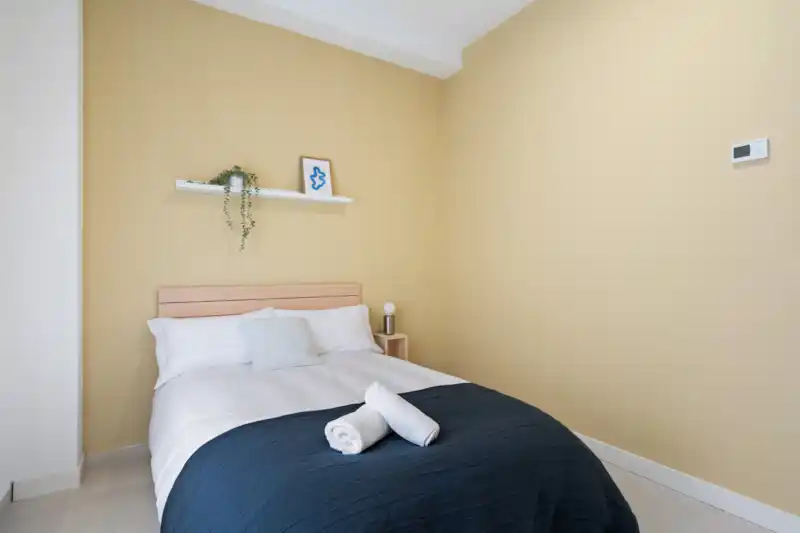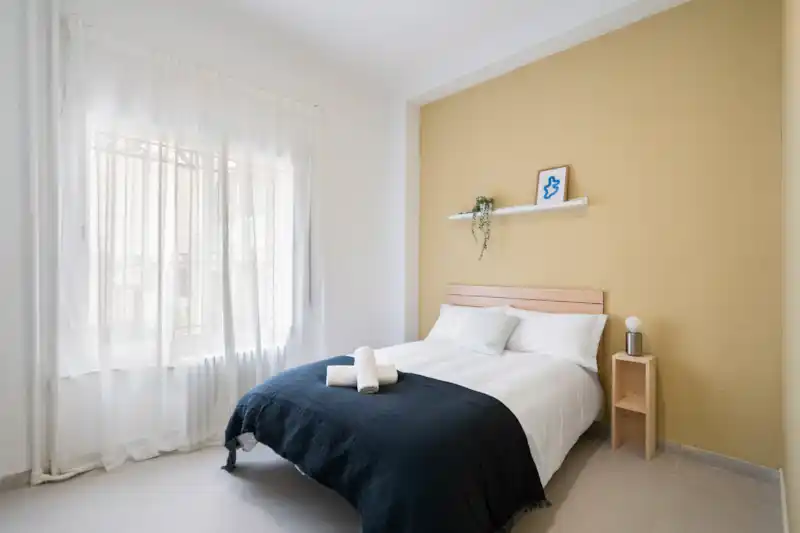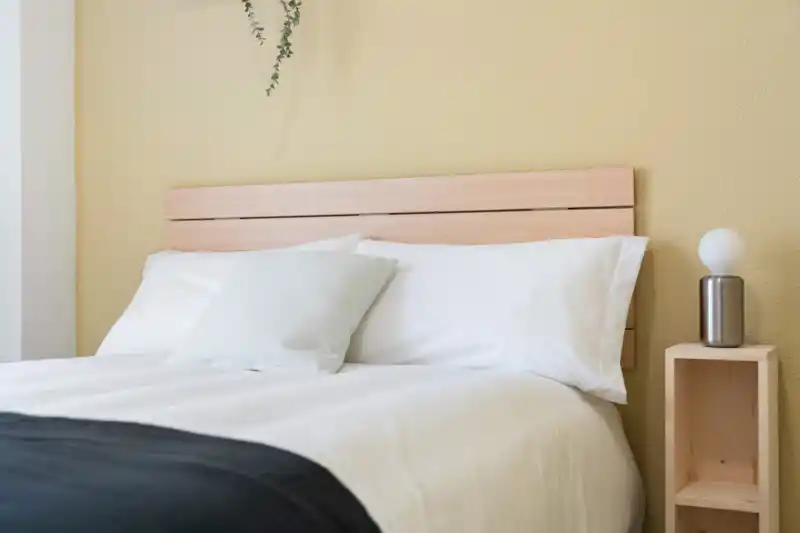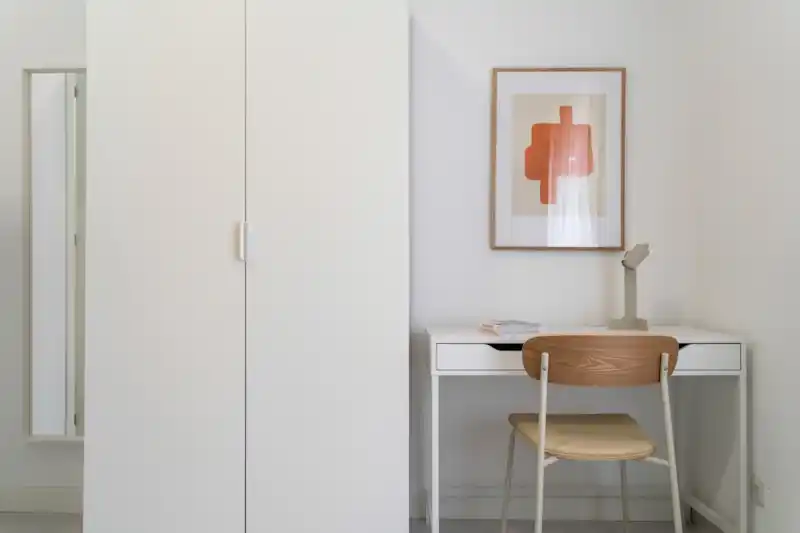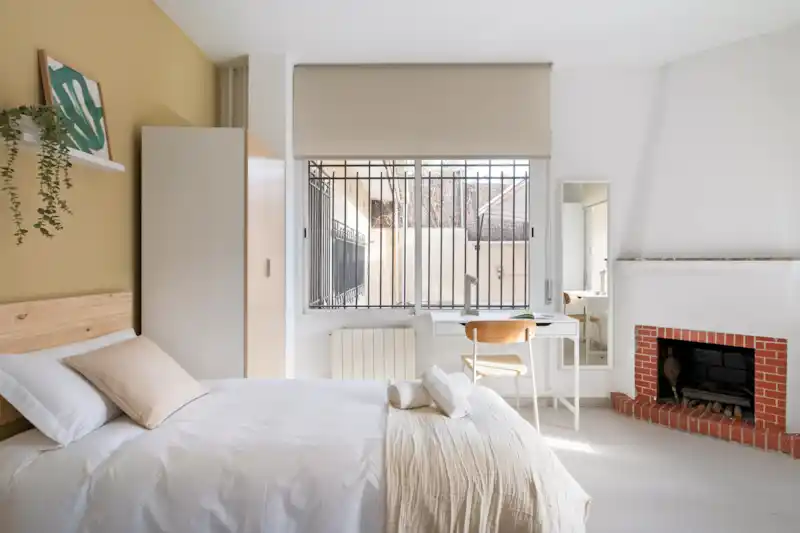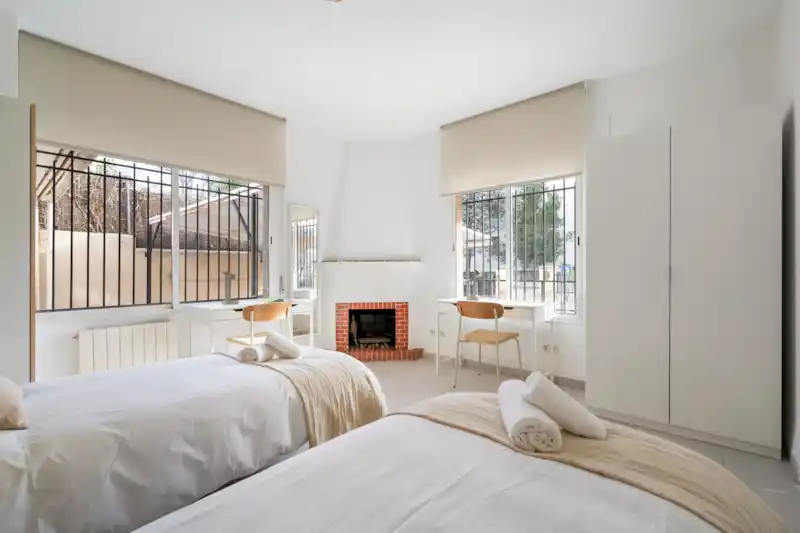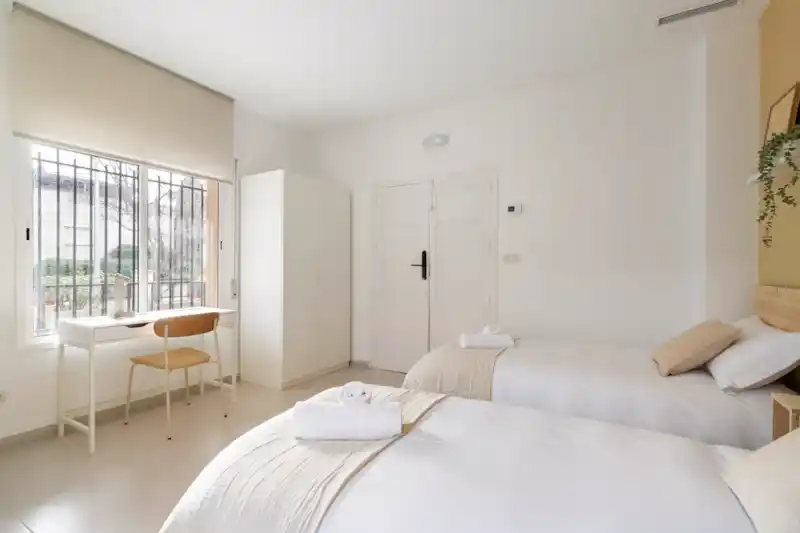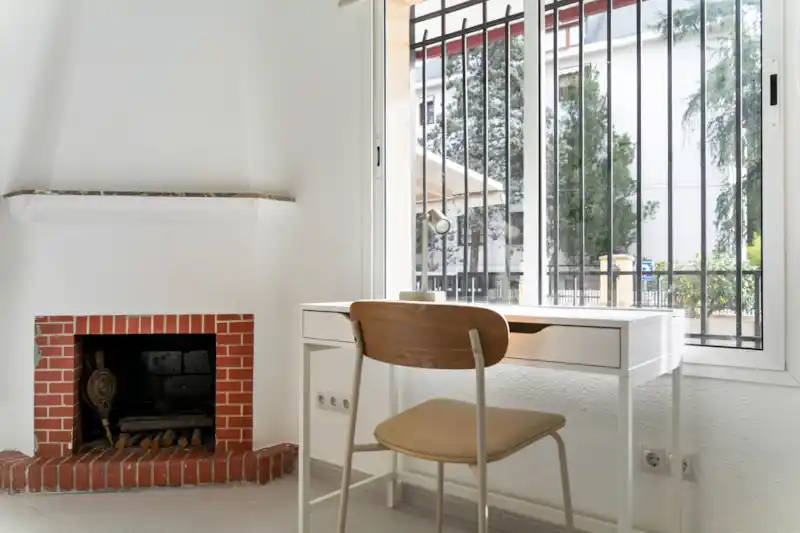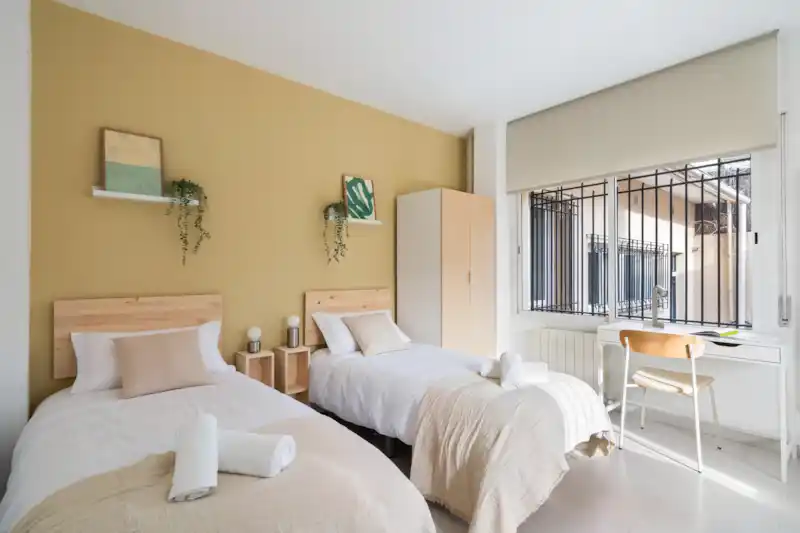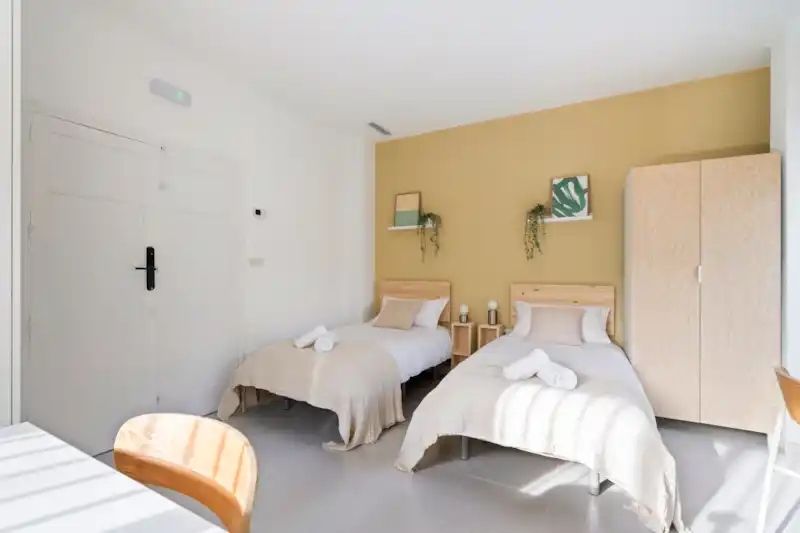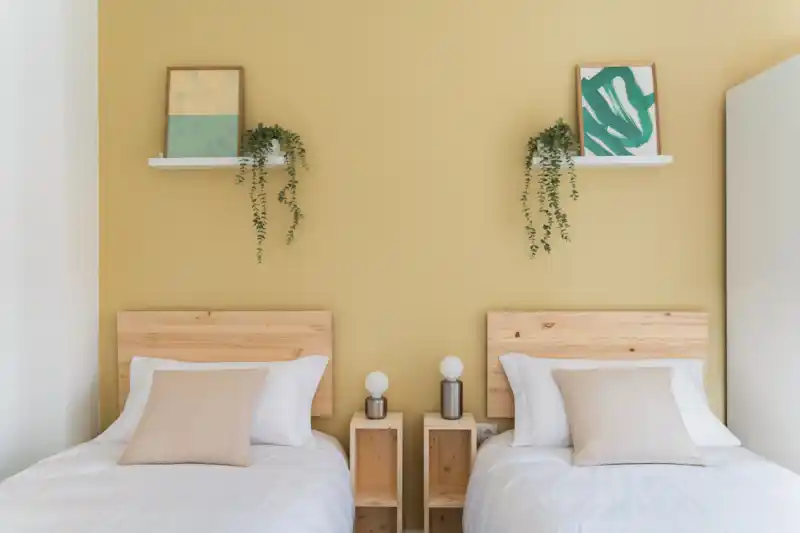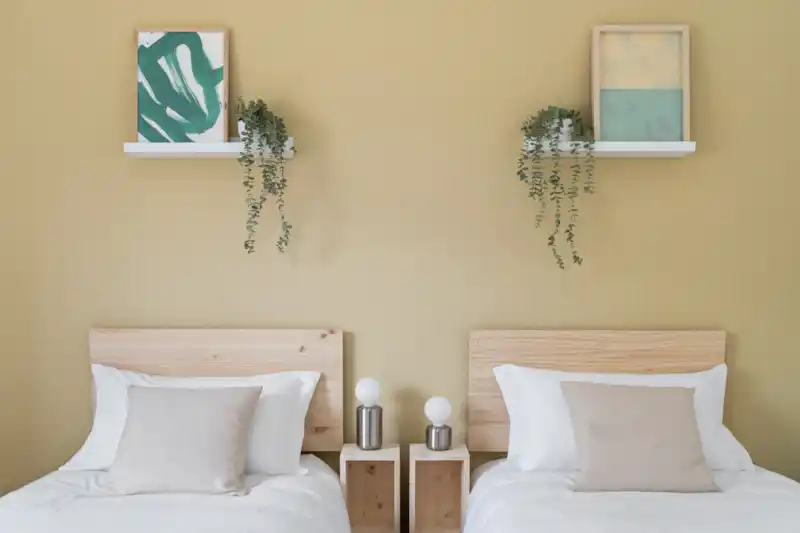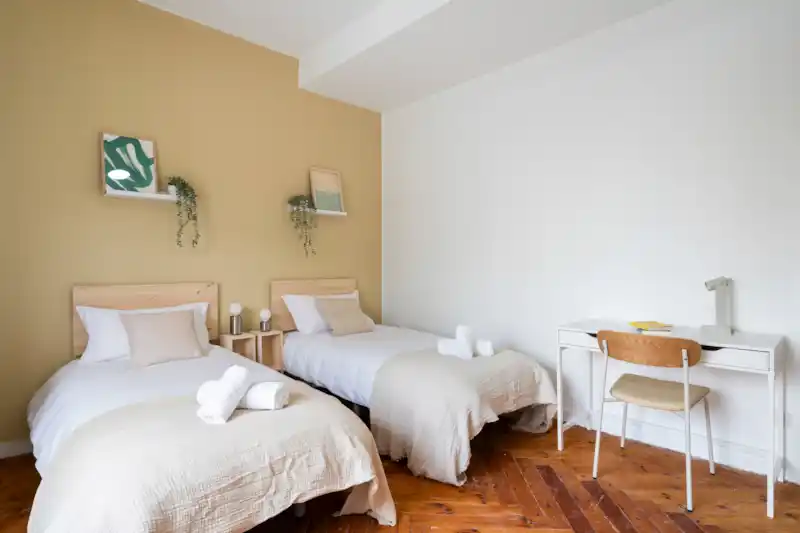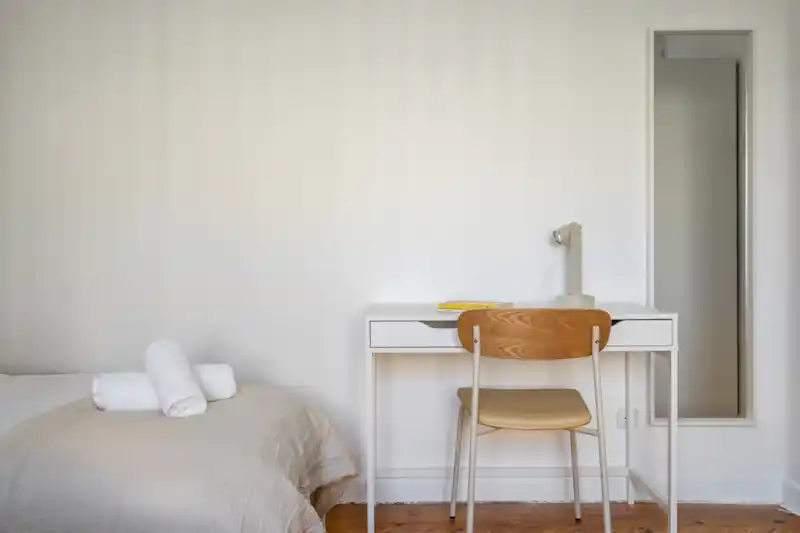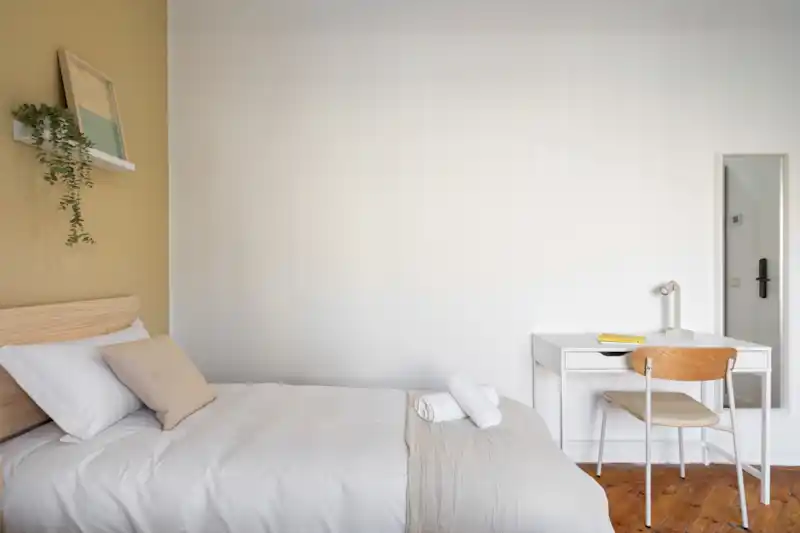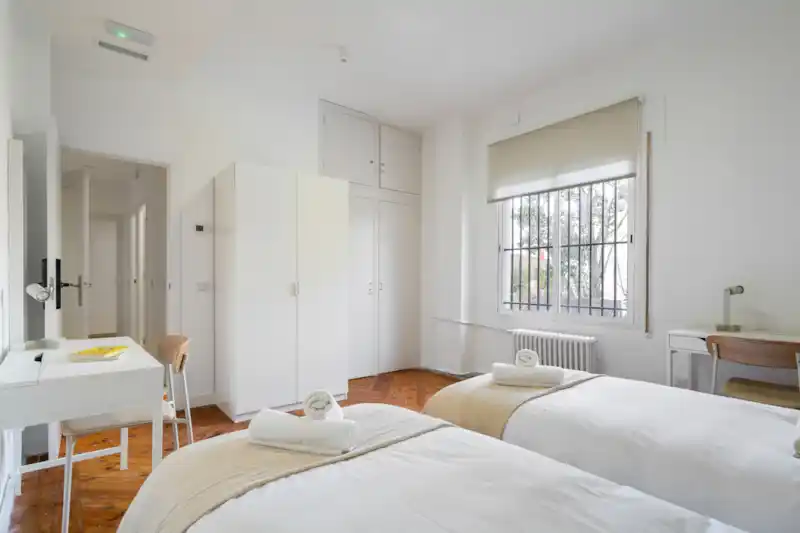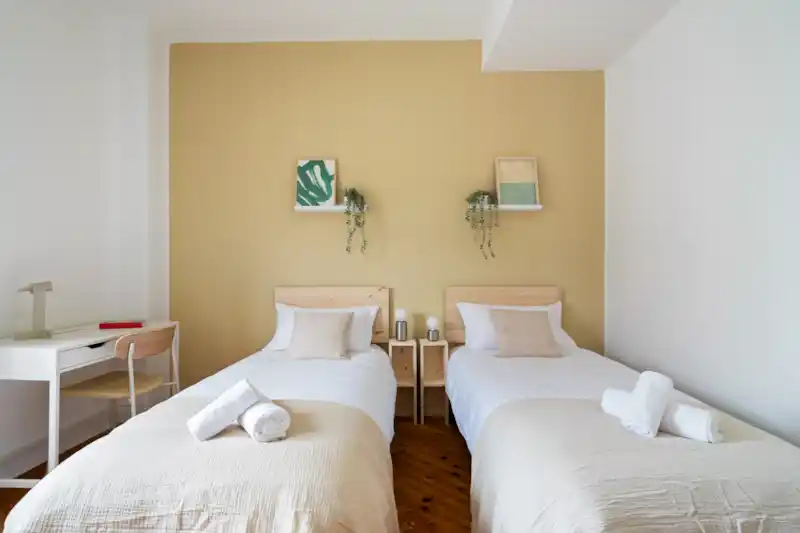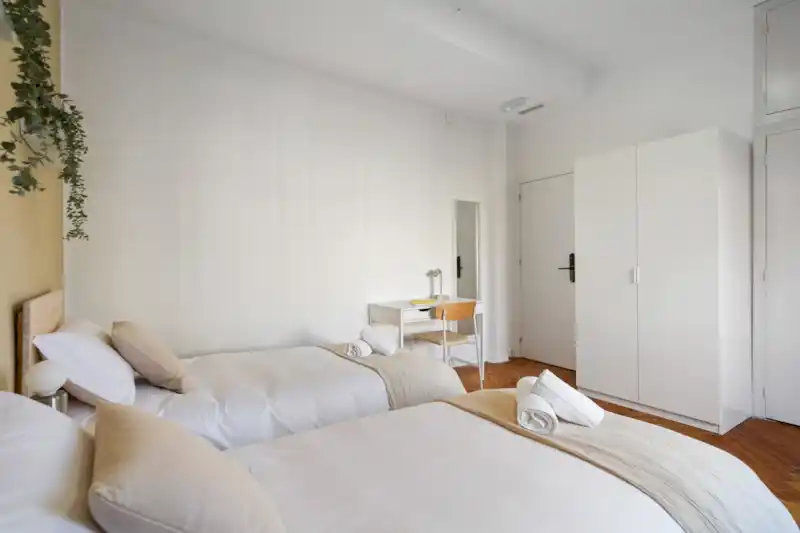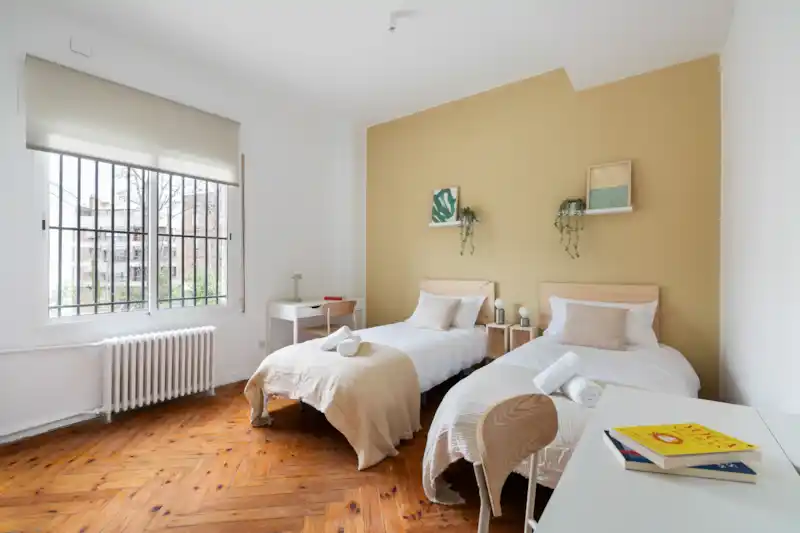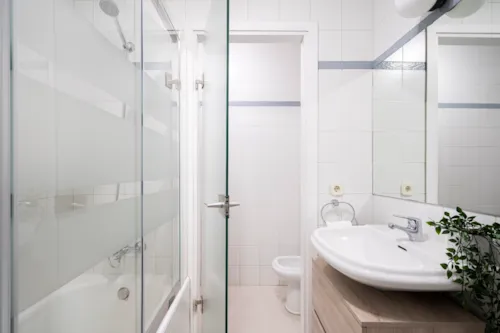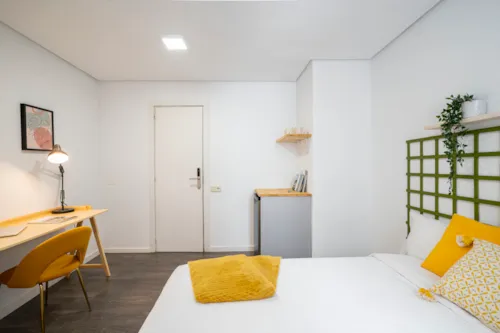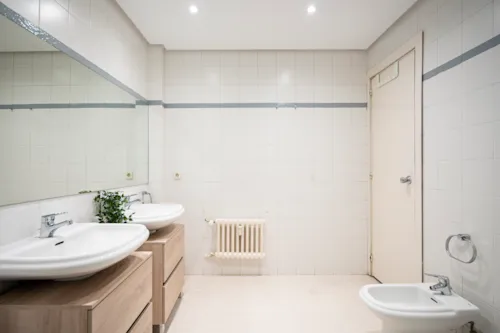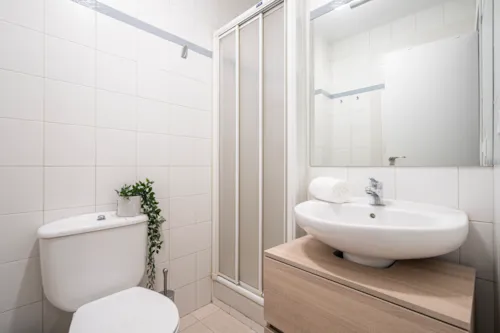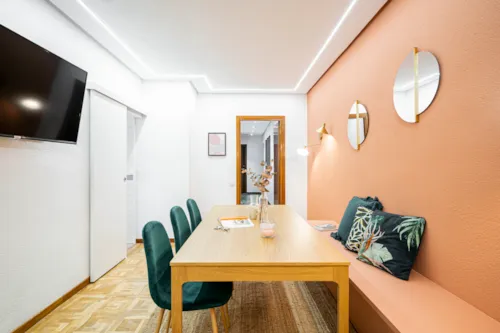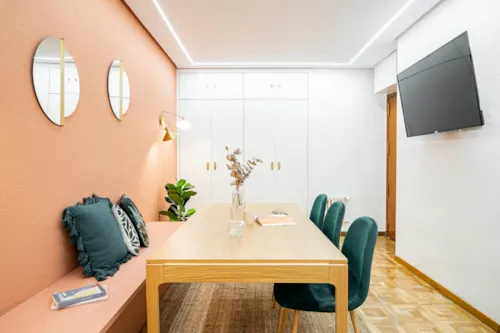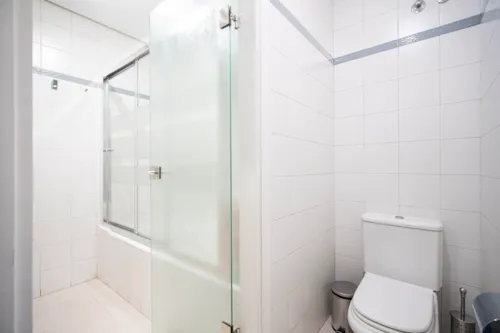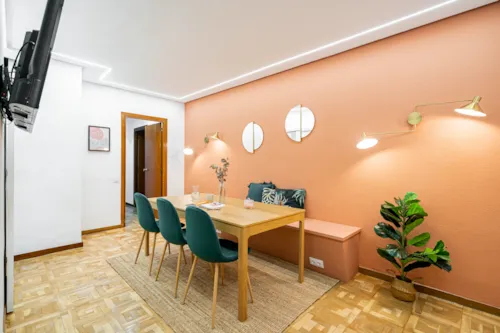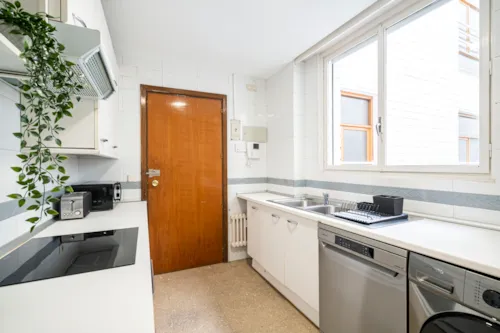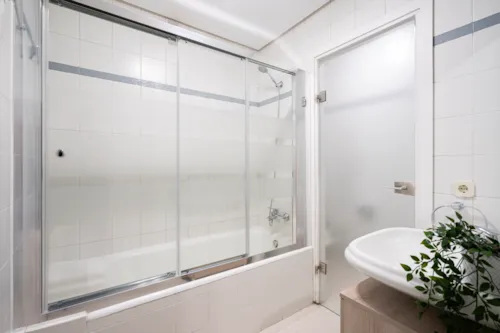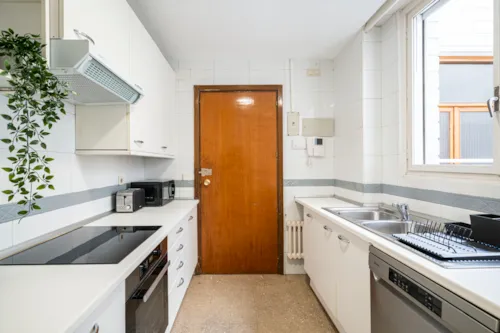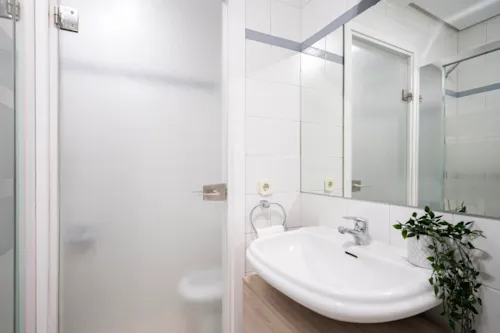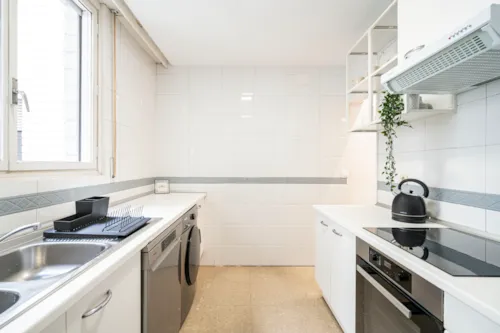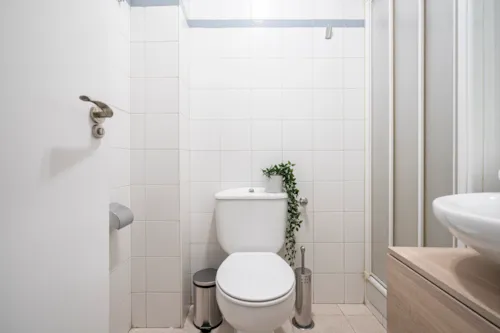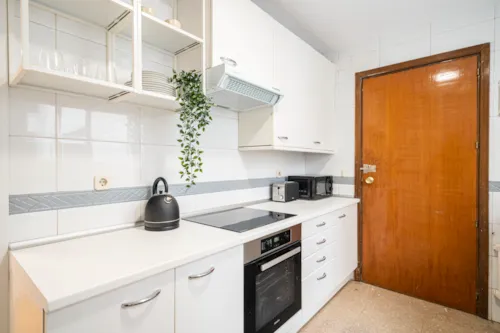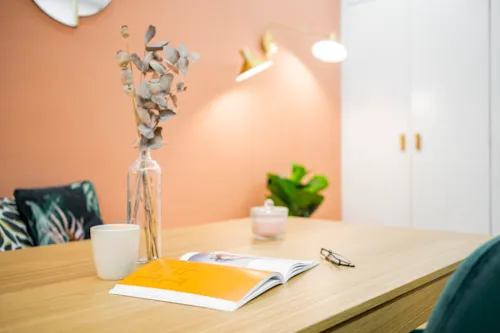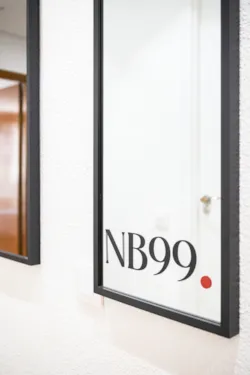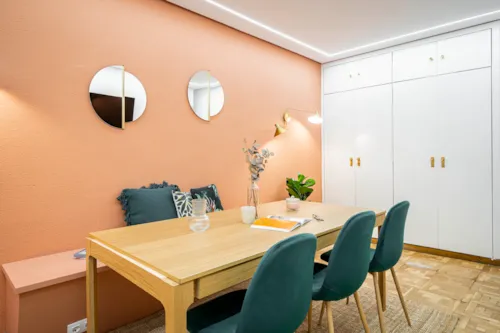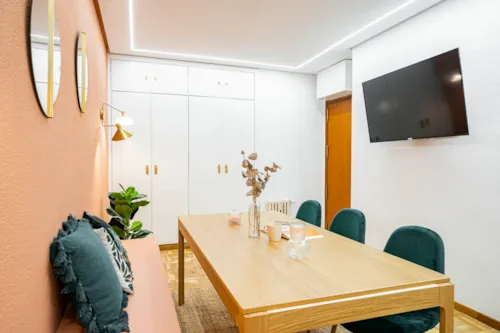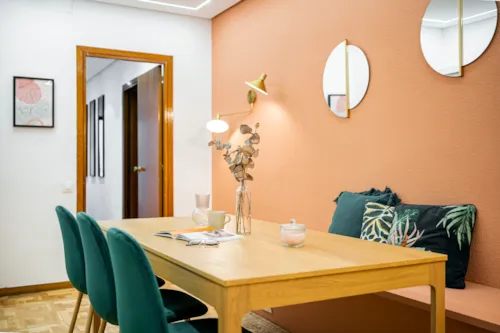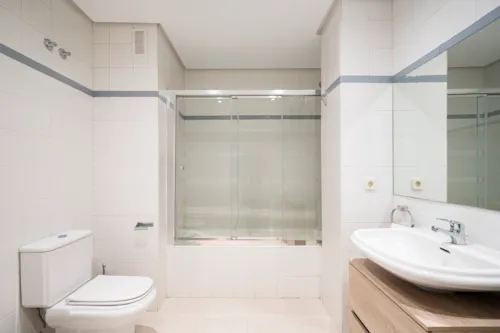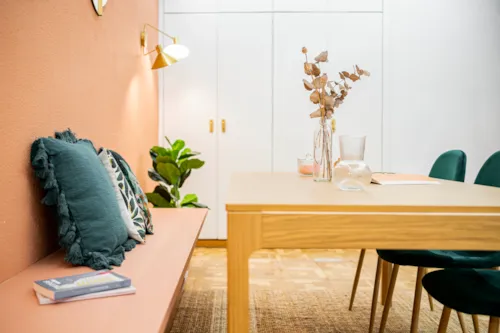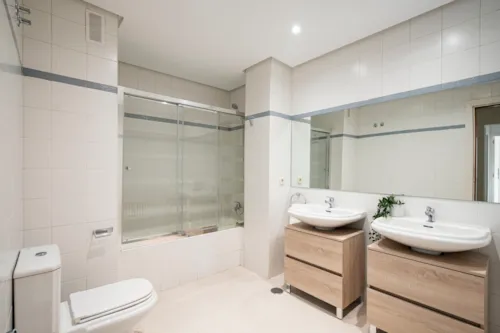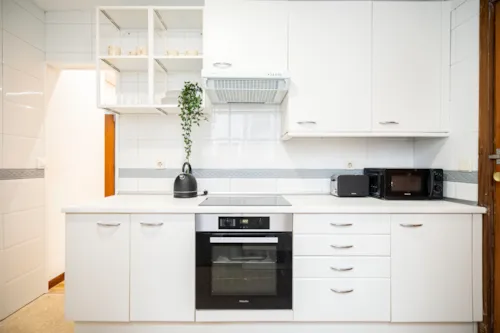
Los Bulevares
The term Los Bulevares refers to the five historical boulevards of Madrid, which originated in the 19th century as wide tree-lined streets. The characteristic feature of the boulevards, a French term, was that they had areas for strolling, either side or central, accompanied by shops and establishments. Moreover, these streets marked the boundary between the historic city and the more modern expansion.
Following this original concept, the Bulevares of Madrid are: Calle del Marqués de Urquijo, Calle Alberto Aguilera, Calle Carranza, Calle Sagasta and Calle Génova. Much of the layout of these avenues coincides with ancient defensive walls of the city of the past, which then became the boundaries that determined different areas for the payment of taxes.
In the beginning, therefore, these avenues were only territories of passage, but with urban expansion they became important streets for the city, began to be populated and inhabited, and the life of many businesses was also consolidated here.
Although it may not seem like it now, Madrid was a largely pedestrian city that, over time, has seen a transformation in a more urban sense, giving priority to vehicle traffic. In recent decades there has been a new shift in favour of pedestrians and the concept of pedestrian boulevards for strolling, shopping and social life is re-emerging.

We have no availability in this neighborhood
What to see and do
Los Bulevares de Madrid start at Paseo del Pintor Rosales and follow one after the other until Plaza de Colón. Passing through different areas of the city, let's see what they are and what they offer in terms of attractions to see and interesting things to do.
Let's start with Calle del Marqués de Urquijo, which occupies the stretch from the Paseo del Pintor Rosales to the junction with Calle de la Princesa, following it towards the centre leads straight to Plaza de España. Here we are in the Argüelles district, residential and frequented by many students. We are near the Parque del Oeste (West Park), a large urban garden with plants, flowers and paths to stroll through.
We continue along Calle de Alberto Aguilera to the Rotonda de Ruiz Jiménez, also known as the Rotonda de San Bernardo. It lies between the Chamberí neighbourhood to the north and the Malasaña neighbourhood to the south. The first a residential area with several cultural attractions including museums, art galleries and monuments, the second a lively city area with trendy shops and clubs attended by young people.


The third street that makes up Los Bulevares is Calle de Carranza, which extends to the Rotonda de Bilbao. This street separates the Trafalgar neighbourhood to the north and Malasaña to the south. The former is lively and best known for Plaza de Olavide, a public garden with a fountain in the centre and many bars with outdoor tables. Near Plaza Bilbao are the Cine Yelmo Luxury Palafox, a luxury and very comfortable cinema, and the Teatro Maravillas Madrid, which stages several shows each season.
Next is Calle de Sagasta, which goes all the way to Plaza de Alonso Martínez and divides the Trafalgar and Justicia neighbourhoods. The latter characterised by neoclassical buildings and luxury boutiques is also home to the famous Chueca area. Worth seeing is the Museum of Romanticism a few steps away at Alonso Martínez square.
Finally, we come to Calle de Génova, which takes us to Plaza de Colón near the Museo de Cera which hosts reproductions of various famous people. From this point you can easily continue towards Paseo de la Castellana, Paseo de Recoletos or go ahead and enter the Salamanca district and stroll along its majestic 19th-century avenues.
Where to eat and drink
There are several restaurants and places to stop along Los Bulevares. We now suggest a few names, depending on which stretch of street you are on.
We always start at Calle del Marqués de Urquijo with Bistro Urquijo, a restaurant serving Spanish and Mediterranean cuisine; Punto Básico, a slightly more elegant restaurant for a special dinner; at Marqués Madrid, which also has outdoor tables, you can taste excellent paella. If you fancy something sweet for breakfast or a snack, we recommend trying Los Reyunos, a patisserie, bakery and café with Spanish and Argentinean delicacies.
On Calle de Alberto Aguilera, it is worth making a stop at Bloom, a romantic restaurant in a very special location full of flowers. Here they specialise in preparing original dishes accompanied by creative cocktails, great for an evening with a special person where no expense is spared. Other options are: Sushita Café, a sushi and Japanese fusion restaurant, or La Chocolata, a Mexican restaurant serving both savoury and sweet dishes, especially churros with chocolate.


In the Calle Caranza area, we find Dolores y Lola, a restaurant and bar serving traditional Spanish cuisine and homemade dishes; Taberna del Colono, where you can sample traditional tapas; Ochenta Grados Malasaña, a fusion restaurant with original combinations; and Art & Sushi to stick to Japanese flavours.
Along Calle de Sagasta or in its side streets: La Manduca de Azagra, a Navarrese restaurant that focuses on quality and flavour combinations; Castizo Sagasta, a Spanish cuisine and gastronomy restaurant; La Cabra, a European restaurant in a very modern location; Nakama Sushi Bar, another stop for sushi and Japanese food. Next to the Rotunda de Bilbao is Café Comercial, one of the oldest cafés in Madrid excellent for breakfast or a quick snack at any time of day.
We end this culinary tour at Calle de Génova where we try La Fonda Lironda, an elegant and very nice restaurant with excellent dishes; Habanera, a tropical and somewhat jungle location offering a Cuban menu. When it comes to breakfast and desserts, try Pastelería Mallorca with homemade products using quality ingredients.

Where to go shopping
When it comes to shopping, Los Bulevares in Madrid also offer several options.
The main shopping destination between Calle del Marqués de Urquijo and Calle de Alberto Aguilera is the El Corte Inglés Princesa shopping centre. Here you will find a supermarket and a wide variety of shops selling clothes, shoes, jewellery, and gifts of all types and for all budgets.
In general, on either side of the five streets or in the streets that branch off from them, there are a variety of shops and services. You will find everything from boutiques and grocery shops to shops selling watches, eyewear, household objects and furnishings, and shops selling high quality teas and herbal teas.
The area along which Los Bulevares stretches is well stocked, and they also cross or border some of the city's main neighbourhoods. For instance, Malasaña is full of vintage clothes shops, markets and stalls, perfect for alternative and original purchases. In the Chueca area there are several markets where you can buy fresh products, gastronomy, clothes and objects. In Trafalgar there are the best-known chain shops. Salamanca is also known as the Golden Mile for shopping. Here there are big brands and fashionable shops that offer the creations of international artists.

Some questions?
Have more questions?
